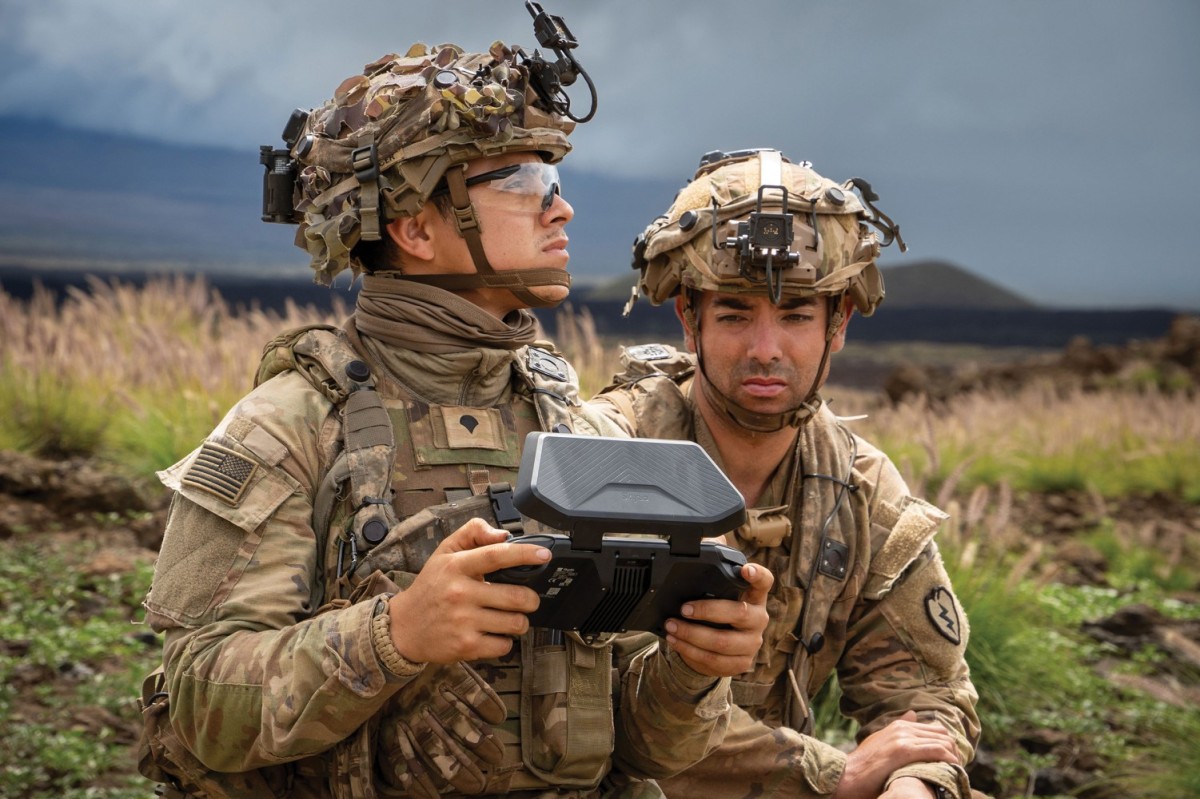- Reaction score
- 18,622
- Points
- 1,160
True enough.Even though I've always been a 'light/airborne' Infantry type guy I'm sad to see too much time being wasted on this light stuff, in any western military.
The real decision maker has always been the 'heavy metal' crew.
But it's expensive and complicated so my guess is that the 'good idea merchants', who want a great performance review followed by a swift promotion, tend to focus on the light stuff because it's easier to get some kind of result within a fairly short timeframe - like their 2 year posting cycle.
I think the start of this on the light side is based on two things: First the light side desperately needed fixing and secondly the work done there probably has more relevance to the ABCT as base information. It's a bit iterative because if one had started with the ABCT then not very much of what was learned there would apply to the IBCTs.
My biggest question is still as to whether or not the third brigade in each armored division will become an SBCT as originally forecast? It doesn't matter here because 1st Cavalry Division is earmarked to become an Armor Division (Reinforced) which will require some augmentation (such as an engineer brigade and a protection brigade).
I like the idea of giving an armored division a brigade with a higher infantry ratio for "follow-up" work on bypassed localities or for a temporary defensive foundation, but . . .




